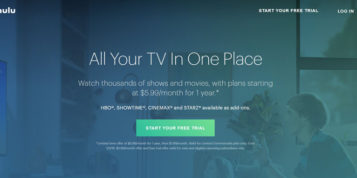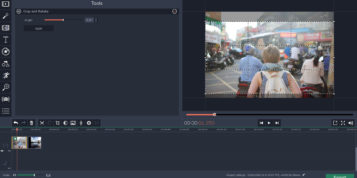Online video is increasing in popularity with around 72 hours of new content being uploaded to YouTube every minute. And as more and more people continue to search for and engage with this content online, there is no wonder it’s becoming more appealing as a marketing device.
Video gives media organisations the potential to attract huge online TV audiences. A study into Google Universal Search results shows that video significantly outperforms all other categories, including shopping, news and maps. Surprisingly, images also pale in comparison to video’s dominance in search. As such, videos are 50 times more likely to rank on the first page of Google results than a standard web page.
All of this suggests how video can be the big earner for media organisations looking to use it as part of their marketing strategy, and illustrates why many media organisations are already spending thousands of pounds on producing freely available video content.
Yet while it’s true video has the potential to be the forerunning online marketing medium by boosting first-page rankings and driving users to the website, online media organisations seem to consistently fall short when it comes to maximising video as part of their online strategy. Their chief offence? Failing to optimise video content appropriately so it is visible for high volume organic search terms.
The majority of film content already out there is generally very poorly optimised for search terms and rankings. Consequently, videos are likely to get lost within an already crowded arena, and therefore fail to reach their intended target audience, reducing the amount of views the content will get.
How can media organisations make the most of video?
Given YouTube’s near-total saturation of the video market, with 80 percent of all video content housed on its platform in 2012, it makes sense for media organisations to set up their own dedicated channel on the site to contain all film content. Not only does it keep them in one place on the second biggest search engine behind Google, it provides a greater opportunity to engage with their target audience. But with so many videos to compete against, it’s vital the content is optimised to ensure it stands out from the crowd in YouTube searches too. As with any content, this can be achieved through well researched and relevant keywords. Titles, metadata and any description text needs to be appropriate to the target audience, as well as to Google, in order to build and improve rankings.
It sounds fairly straightforward, but businesses continue to underestimate the importance of SEO for video, and so miss this vital step. Although it needn’t be a big investment, consider that most media organisations will allocate sizeable budget towards creating their content. It’s certainly worth capitalising on and leveraging this potential by ensuring it is shared and optimised appropriately.
While YouTube is a successful platform for media organisations, it’s also advisable to make use of other video hosting options, such as Wistia and Vimeo, which have been successful for customers of my own Video SEO plugin for WordPress. Similarly, it’s also important to embed and optimise the videos on their own website.
A video hosted on-site might point directly to a sales mechanism, or offer relevant cues, information, and a heightened user experience, all of which can in turn encourage more and more visits. In addition, this makes it possible to measure time spent on page and on site, as well as to track click-throughs with a view to tailoring the offering. Relevant tags, keyword-rich descriptions and catchy titles are just some of the ways videos can be optimised to improve visibility.
Optimising videos in this way allows media organisations to control everything around their video content, and it is here they’ll capture conversions because the audience is already on-site. Websites containing interesting videos are more likely to hold a user’s attention than those without, and so it’s easier to convert a viewer to further page views and ultimately to secure sales.
The mere presence of video is proven to better the chances of appearing among organic search results. It also drives conversions. So as video continues to be produced at an ever-increasing rate, it’s important to stay ahead of the game and good optimisation is the place to start.






